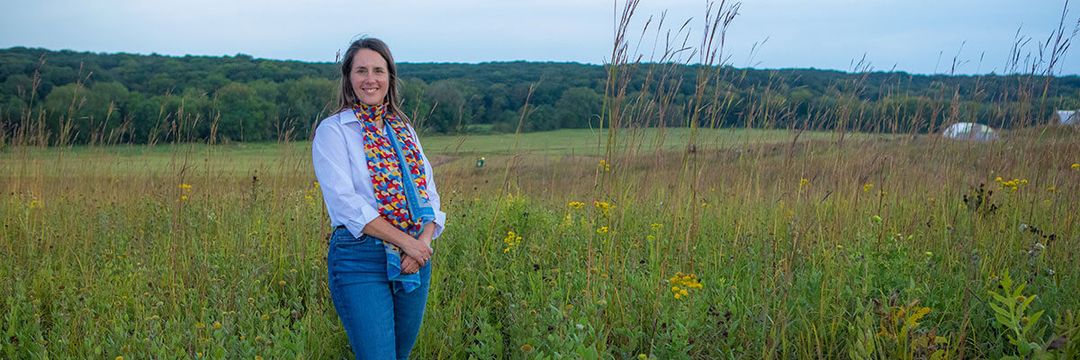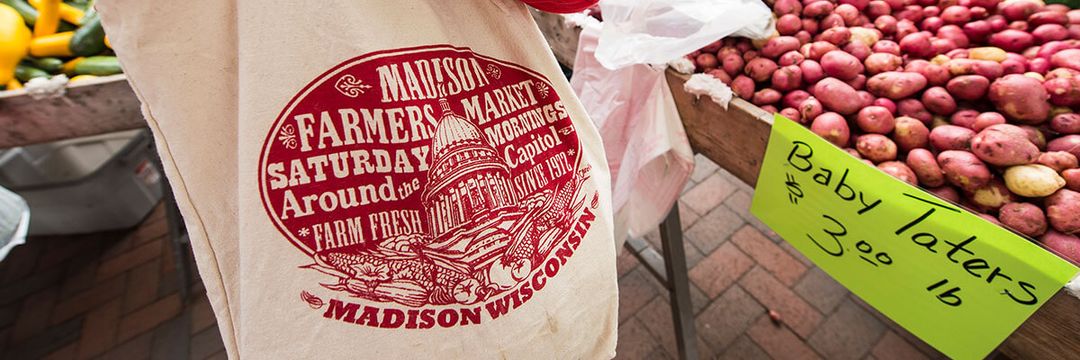Wisconsin farmers have a lot to contend with — root rot, blight, pests, drought, freezing temps. Luckily, UW plant breeders are the cream of the crop. As these researchers work to develop crops that are more resilient, efficient, and productive, farmers can look forward to reaping more of what they sow. And consumers can look forward to a healthier, tastier, and more sustainable harvest. Here are ten crops that the UW has improved upon with new varieties.
- Beets: The UW is home to one of the best in the beet business: horticulturalist Irwin Goldman PhD’91. His team has developed an array of roots as vibrant and tasty as their names suggest, including the Badger Torch, Badger Sunset, and Badger Flame.
- Carrots: Goldman specializes in other root vegetables, too. He and his colleague, Nick Breitbach, are responsible for several lines of carrots that taste better, are more disease-resistant, and carry additional nutrients like vitamin E.
- Corn: Yes, peas, to even sweeter sweet corn! UW researchers have developed strains of sweet and field corn that taste better, increase milk production in cows, and result in more useable matter for biofuel processing.
- Cranberries: HyRed, Sundance, Ruby Star, and the Sweetie are just a few varieties of Wisconsin’s state fruit developed by UW plant breeders. These improved strains provide farmers with higher yields and brighter berries.
- Oats: Wisconsin is one of the nation’s leading producers of oats. Drumlin, Esker, and Morraine oats were all developed at the UW to survive and thrive in the Midwest.
- Plums: Pit the BlackIce™ plum variety against a long winter season and your tree can still bear fruit. Badger plant breeders produced the cold-hardy cultivar to withstand northern climates.
- Potatoes: Wisconsin is the third-highest producing ’tater state in the U.S., and there are potatoes aplenty when it comes to the UW. This includes the research done at the Hancock Agricultural Research Station (ARS) and the U.S. Potato Genebank, the largest collection of potato species in the world held at the Peninsular ARS.
- Squash: The Longneck Buttermilk is a variation of the popular butternut squash, named for its, well, long neck and milky rind. Plant breeders at the UW were the first to achieve a white-colored butternut.









